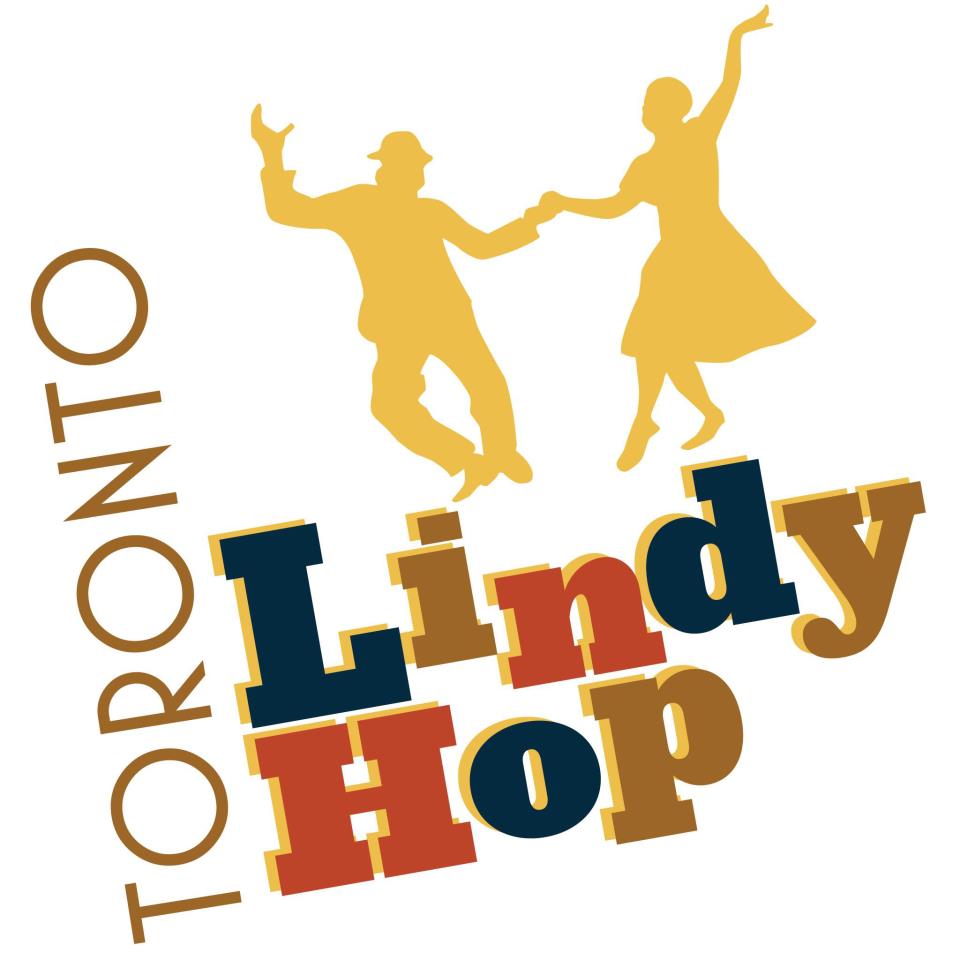What is World Lindy Hop Day?
World Lindy Hop Day (May 26th) welcomes people from all walks of life, all ages, and from around the world to experience this exuberant African American social dance. Originating in Harlem, New York City in the 1920s and 1930s, the Lindy hop is done to the big band jazz of the era.
While swing music is generally known, our goal is to spread the dance to a wider global arena. The universal language of the Lindy hop (aka swing dancing or jitterbug) features creative and exhilarating movements that allow partners to connect in a way that uplifts the spirit, promotes human connection, and develops generosity. It allows dancers to meet in a positive environment that supports the building of bridges on personal, community, and global levels.
Why May 26? As one of the prime creators of the Lindy hop, and the most influential person in swing dance history, Frankie Manning’s birthday (May 26th, 1914) is a fitting marker for World Lindy Hop Day. Since the 1980s, his birthday has inspired special events across the globe in celebration of the man, the music, and the dance. Grounded in unity and collaboration, World Lindy Hop Day, celebrated every May 26th, encourages people from all different backgrounds to enjoy and share the many benefits of this joyous and enduring dance. Toronto is proud to join in World Lindy Hop Day celebrations, with other Lindy Hop communities around the world.
History of Lindy Hop
Lindy Hop, sometimes known as Jitterbug, is the original form of swing dancing which evolved in the 1920s and dominated dance halls throughout the Great Depression until World War II. It is an unabashedly joyful dance, with a solid, flowing style that closely reflects its music — from the late 20’s hot Jazz to the early 40’s Big Bands. The name Lindy Hop was inspired by Charles Lindbergh’s flight to Paris in 1927, when the newspaper headline read: “LINDY HOPS THE ATLANTIC”.
Lindy Hop is the authentic Afro-Euro-American Swing dance. Just as Jazz combines European and African musical origins, Lindy Hop draws on African and European dance traditions. The embracing hold, and the turns are from Europe while the breakaway and solid, earthy body posture come from Africa. Lindy Hop is a social dance. Partners are connected in a playful lead/follow relationship. The dance evolved along with the new swing music, based on earlier dances such as the Charleston and the Black Bottom, by the African American community in Harlem.
The following videos will showcase the Lindy Hoppers from the 30’s & 40’s as well as Lindy Hoppers of today.
NOTE: ANYONE CAN DANCE THE LINDY HOP!
Original Lindy Hoppers from the 1930’s and 1940’s
Day at the Races (1937): Another performance by Whitey’s Lindy Hoppers in this Marx Brothers film.
